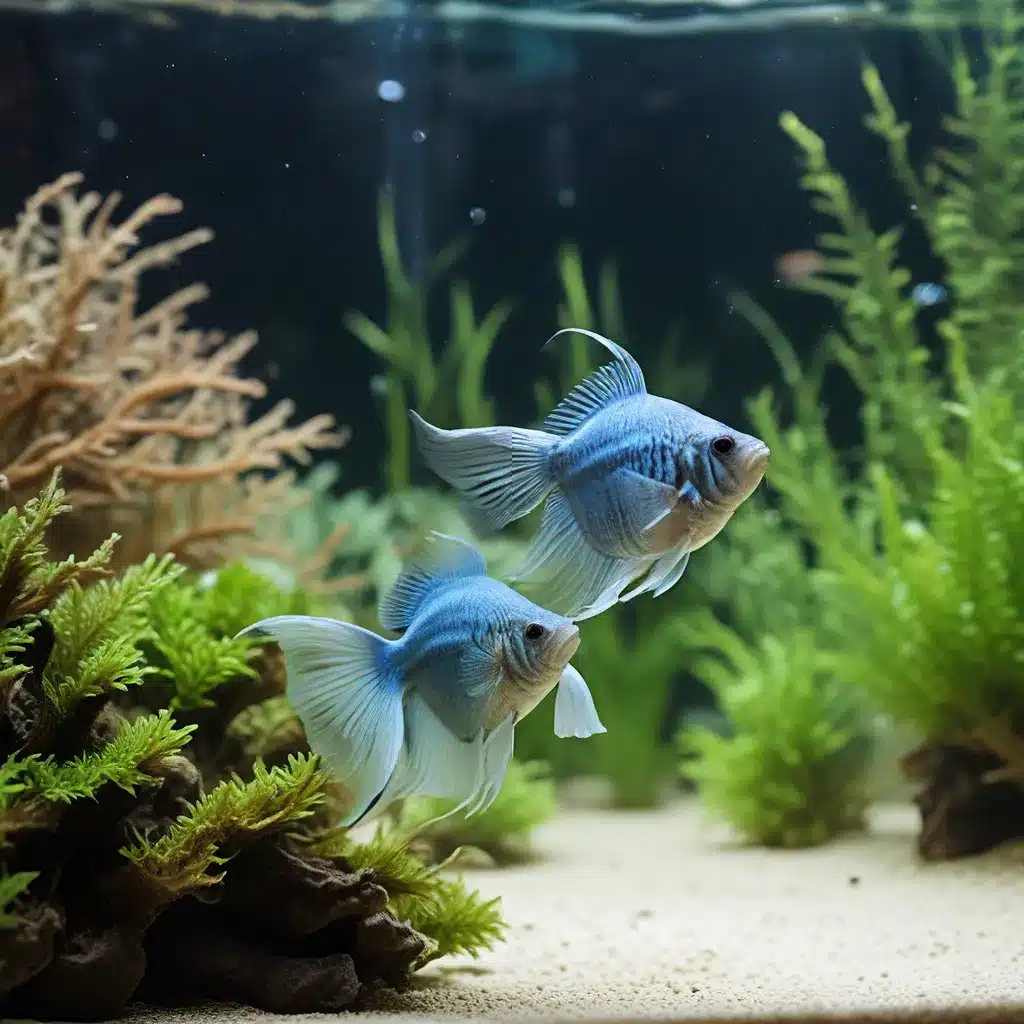
The Importance of Quarantine
Maintaining the health and well-being of your aquarium inhabitants is a top priority for any dedicated aquarist. One of the most critical steps in this endeavor is implementing a thorough quarantine and acclimation process for new additions to your aquatic ecosystem. This step is essential to safeguarding your existing fish, invertebrates, and plants from the potential introduction of diseases, pests, and other unwanted hitchhikers.
By quarantining new arrivals before adding them to your main aquarium, you can meticulously observe them for signs of illness or abnormal behavior, as well as treat any issues that may arise in an isolated environment. This prevents the spread of contagions and ensures the long-term stability and harmony of your cherished aquatic community.
Quarantine Setup and Duration
When setting up a quarantine tank, it’s important to consider several key factors to create an optimal environment for monitoring and treating any potential issues. Ideally, the quarantine tank should be a standalone unit, separate from your main aquarium, with its own filtration system, lighting, and water parameters.
The recommended quarantine period typically ranges from 2 to 4 weeks, depending on the species and the potential risks involved. This time frame allows you to closely observe the new arrivals for any signs of disease or parasitic infestations, as well as perform necessary treatments if required.
Acclimation Techniques
Proper acclimation is another crucial step in the process of safely introducing new inhabitants to your aquarium. Abrupt changes in water parameters, such as temperature, pH, and salinity, can cause significant stress and even mortality in sensitive fish and invertebrates.
To mitigate this risk, it’s recommended to use a drip acclimation method, which slowly introduces the new inhabitants to the water conditions in your main aquarium. This gradual process allows the animals to adjust to the changes in their environment, reducing the likelihood of shock or distress.
During the acclimation process, you should also carefully observe the new arrivals for any signs of disease or unusual behavior, as this can indicate underlying health issues that may have been exacerbated by the transition.
Quarantine Treatments and Preventative Measures
In the event that you do detect any signs of disease or parasitic infestations during the quarantine period, it’s crucial to act quickly and implement appropriate treatment protocols. This may involve the use of targeted medications, elevated temperatures, or other specialized techniques, depending on the specific issue at hand.
Additionally, it’s recommended to perform regular water changes and maintain optimal water quality in the quarantine tank to support the overall health and well-being of your new arrivals. This includes monitoring and adjusting parameters such as pH, nitrates, and dissolved oxygen levels as needed.
Sustainable Aquascaping Considerations
While the primary focus of quarantine and acclimation is to safeguard the health of your aquarium inhabitants, it’s also important to consider the long-term sustainability of your aquatic ecosystem. This includes carefully selecting species that are compatible with your aquarium’s size, water parameters, and overall aesthetic goals.
When adding new plants, it’s essential to ensure they are free of pests, diseases, or any other potential contaminants that could disrupt the delicate balance of your aquarium. Proper quarantine and acclimation protocols for plants can help prevent the introduction of unwanted algae, snails, or other undesirable organisms that can compromise the health and appearance of your aquascape.
Conclusion
Implementing a robust quarantine and acclimation protocol is a critical step in maintaining a thriving and healthy aquarium. By taking the time to properly isolate and observe new arrivals, you can effectively mitigate the risks of disease, pests, and other issues that could destabilize your aquatic ecosystem.
Remember, the health and well-being of your aquarium inhabitants should always be your top priority. By following best practices for quarantine and acclimation, you can ensure the long-term success and sustainability of your aquarium, and enjoy the beauty and wonder of your underwater oasis for years to come.
For more information on aquarium care, species-specific requirements, and the latest advancements in aquascaping, be sure to explore the comprehensive resources available on King Aquarium.

